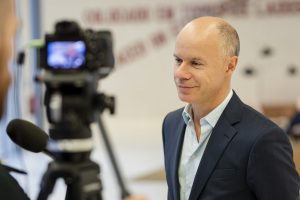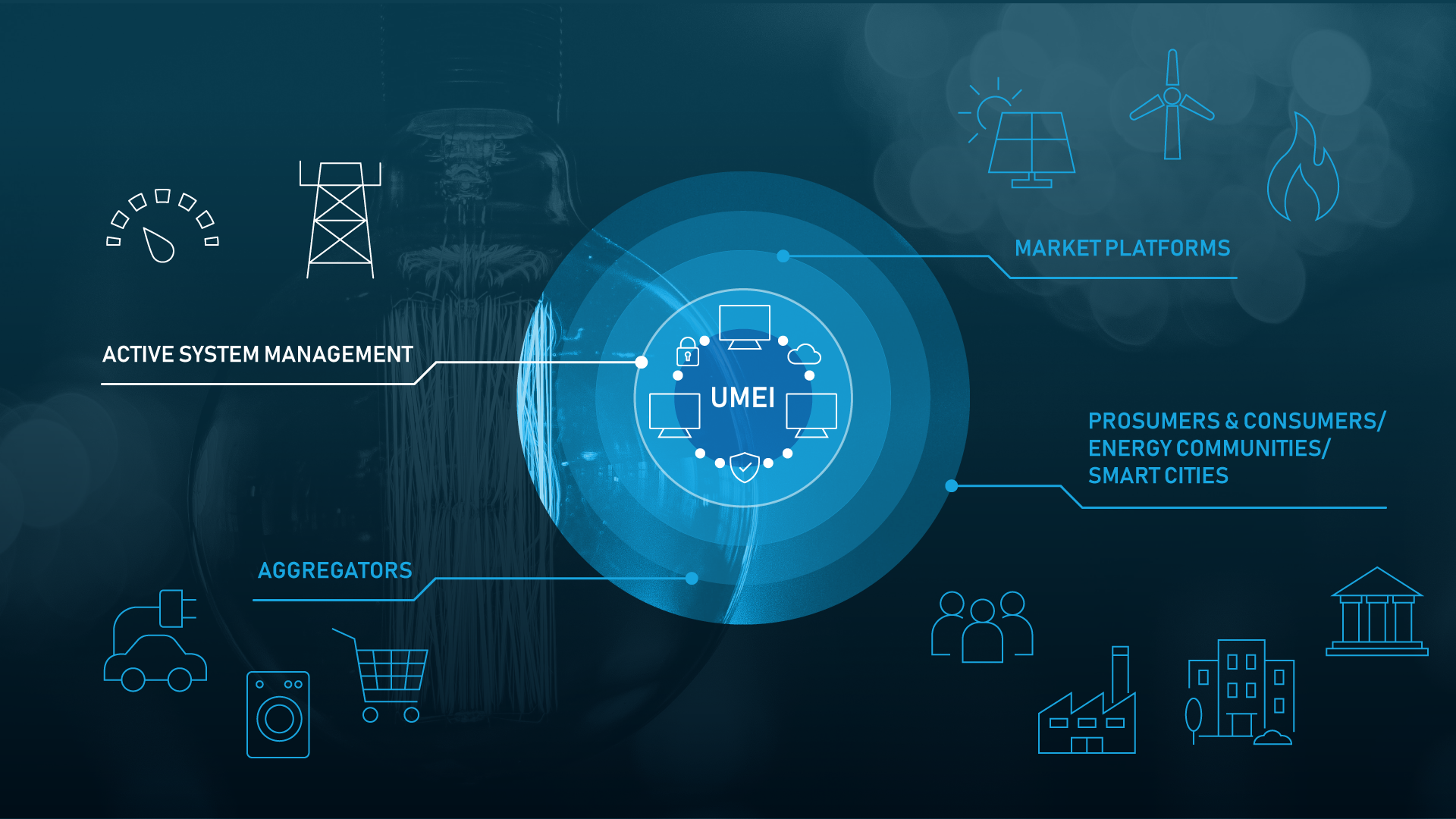

Distribution grids are facing new challenges, as more intermittent renewable generation is being integrated, resulting in altered power flows and voltage stability issues. Moreover, on the demand side, further electrification of heating (e.g. heat pumps) and transport (electric mobility) is expected to create additional burden at other moments for the grid if a traditional “fit-and-forget” strategy would be followed.
These assets however also offer opportunities: they can be part of the solution if their flexibility is exploited and integrated into the energy system and market in a smart and coordinated manner.
The Clean Energy Package (Electricity Directive, article 32) indicates that DSOs should procure flexibility services to cover these needs under transparent, non-discriminatory and market-based procedures unless the market-based provision of these services is economically not efficient. The directive further emphasizes the need to include all qualified market participants including renewable sources, demand response, storage and aggregators.
The DSO has a variety of flexibility options and procurement mechanisms at its disposal, but not all mechanisms are equally-suited to solve the needs of the DSOs and deliver the related flexibility services.
The nature of the service, the time-frame of procurement, the envisioned product requirements and the grid conditions (topology, voltage level, grid constraints) will define the most appropriate market mechanism. Both, explicit market mechanisms (e.g. procurement via flexibility market platforms) and implicit mechanisms (e.g. dynamic network tariffs, connection agreements, incentives and regulated payments) and their interplay are being explored in the EUniversal project.
Also, DSOs have technical solutions using grid assets at their disposal, e.g. grid reconfiguration to alter power flows, which need to be considered jointly with the market-based mechanisms.
Finally, grid reinforcement will also always be an option and needs to be compared to the aforementioned market-based flexibility options.
There are several particularities which should be considered when designing markets for distribution grids.
First of all, DSO grids can be very versatile (e.g. they can encompass HV grids with large consumers and generators up to LV grids where a lot of the grid users constitute residential and commercial consumers and prosumers).
The characteristics of the distribution grid where the scarcity is situated will influence the number and type of FSPs that could be used to resolve the issues and as a consequence, the technical and economic viability of a market solution.
An additional challenge is that a certain level of grid or locational information should be considered in the market design, either directly in the market-clearing or during pre-qualification. Moreover, the DSO should be able to rely on service delivery because the opportunity costs for the DSO can be very high in case of non-delivery (e.g. failing grid assets).
Therefore, availability of capacity can be an important aspect to consider in the design of flexibility markets for DSOs.
Moreover, it raises the question of whether priority should be granted to certain flexibility uses to secure the grid operation.
Overall, an integrated approach is needed to solve these issues and we, therefore, want to highlight several integration challenges and open questions worth further investigation:
- For which DSO needs and under which circumstances (e.g. down to which voltage level) can explicit flexibility markets be an effective solution to answer DSO needs?
- What are the implications of the establishment of a flexibility market on future roles and responsibilities (in particular for the DSO) and for the coordination between stakeholders (i.e. with other system operators and particularly the TSO)?
- How can and to what extent should flexibility markets be integrated into the timeframes and/or even the operation of existing markets (e.g. intraday wholesale markets) to ease the participation of flexibility providers?
- What is a suitable approach to include locational and grid information into the market design?
- How can flexibility procured via flexibility markets be integrated with other flexibility solutions such as dynamic connection agreements, dynamic grid tariffs and technical solutions using grid assets?
These are some of the questions we will target within the EUniversal project.
We will also go beyond the more traditional, centralized market designs as we will look into the evolution towards a more consumer-centric market which might require an even more fundamental shift in the organisation of electricity markets, leading to fully distributed market organisations (peer-to-peer).
Peer-to-peer markets leverage upon emerging and innovative technologies, business models and empowerment of the demand side, in particular the retail side.
We will, together with other project partners, analyse the applicability of P2P concepts in the context of flexibility services for DSOs, with a focus on coordination and information sharing with the DSO.
Shared Knowledge

Lets flatten the energy curve!

Market-based redispatch – Why it works!
28.01.2021

UMEI – EUniversal key innovation factor
Cookie settingsRead MoreACCEPT





